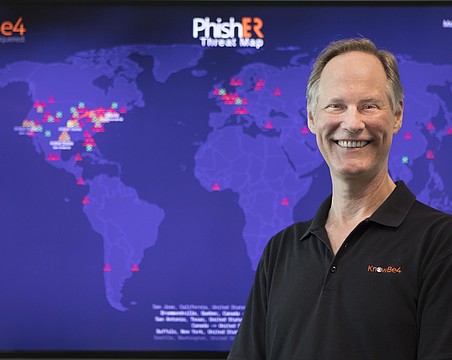When Visit Sarasota reported at the end of 2019 the claim that the Nathan Benderson Park rowing center generated a $34 million dollar economic impact for the county in fiscal 2018, we thought that would be amazing — if true. But our economist instincts, honed by decades of analyzing exaggerated economic impact reports, spurred us to dig deeper.
The rowing facility is gorgeous and hosts many wonderful events. There is no doubt it is an asset to the Sarasota area. Whether it is primarily a public or private asset and how valuable it is to area residents compared to other crucial facilities and services is the question. Large sums of local tax revenue were spent building the park, and more flows to it each year.
To its credit, the analysis used for the economic impact of Nathan Benderson Park is more accurate than average. It employs a detailed methodology that relies as much as possible on hard information about hotel bookings and actual surveys of spectators and participants and their spending. That is good because far too many economic impact reports simply rely on estimates.
That means estimates of direct expenditures associated with the rowing park are as solid as they can reasonably be. But the numbers provided by Visit Sarasota don’t stop there. These numbers reflect use of a notorious economic estimation method, developed over 20 years ago, which claims to capture “indirect” economic benefits of tourism. The idea is tourists spend money at hotels and restaurants, which take that money and employ people who spend money on other goods and services, which in turn employ other people, and so on so forth to create “indirect” economic “impact” in the region. This notorious multiplier assumes for every $1 of direct spending, there is another $0.65 in “indirect spending.”
This part is not based on actual surveys but is an estimate generated by a company called Implan and widely used by economic development agencies who want to report large impact. It is controversial because the whole idea of this indirect impact is contested among economists. Although there is certainly some indirect impact from outside spending, it is hard to measure and varies widely. Economists attempting to measure impact accurately shy away from estimates of indirect impact.
In a specific example for the rowing park, Visit Sarasota estimates the 2017 World Rowing Championship held at the park generated $22 million in economic impact, while the official body of the world rowing championships calculated an impact of $7 million. The latter only uses the direct impact, which the official body knows can be measured accurately, and not estimates of indirect impact, and such numbers are used by agencies all over the world to report economic impact of international rowing events. Meanwhile Visit Sarasota’s estimates are more than three times higher. It estimates direct impact at more than double the international rowing federation and then adds a whopping 65% bump for indirect impact. Disparities like this make economists suspicious of these impact reports.
Estimating impact this way allows Visit Sarasota to claim the $26.38 million in tax money Sarasota County has given the rowing park in 2014-2018 has generated $151.9 million in economic impact, a “600% return on investment.” Well come on, if that is true, why is anyone investing in Apple and Amazon if they can get vastly higher returns investing in rowing parks? Of course, the private investors in Benderson Park are not receiving anything remotely like 600% returns — indeed the park still needs public (taxpayer) subsidies to cover its costs, so private investors are not likely making any rate of return.
And that 600% leaves out that the park’s economic impact also flowed from a lot of other investments, including millions in tax money from the state and vast state and local expenditures to improve local road access to the park.
How much has Sarasota County recouped in tax revenue on its taxpayer-funded investment to build and operate the park? At best 12% of total spending by people who come to rowing park events. It gets 7% via sales tax and 5% via the tourist development tax on short-term rentals like hotels. That amounts to about $1.1 million dollars recovered in taxes in 2018, for example. Add to that the healthy kickback the rowing park gets from the tourist development tax to help fund the operations of the park. In 2018, records show that resulted in $851,856 of tourist tax revenue the county provided for the park, without which the park would have operated at a net loss. So in reality, the net contribution of the rowing park to the public purse in 2018 was some $150,000. At that rate, even if we grant a 65% indirect impact, it would take decades for the county to recoup its investment.
Again, we are not saying there are no benefits from the rowing park. What we are saying is inflating the benefits is not helpful. Fact is the overwhelming majority of the park’s benefits accrue to private parties: hotels and other renters of homes, restaurants and the like.
That’s why county leaders should take these estimates with an appropriate grain of salt. Especially when the county faces major needs to address, such as sewage spills, red tide causes and consequences, massive traffic congestion, better services for the homeless and mentally ill, etc. The list of things more important than subsidizing an already successful entity is long.
Adrian Moore lives in Sarasota and is a vice president at Reason. Spence Purnell grew up in Bradenton and is a policy analyst at Reason.





